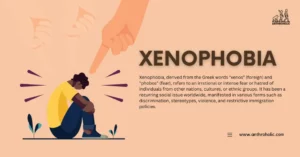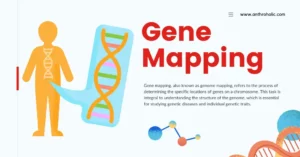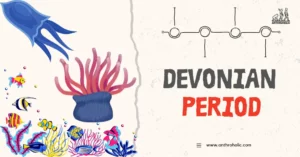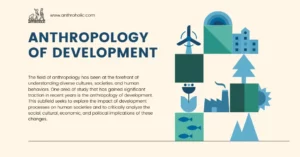AI Answer Evaluation Platform Live Now. Try Free Answer Evaluation Now
Culture
In a rapidly globalizing world, the notion of culture has become increasingly relevant and multifaceted. As diverse communities interconnect, interact, and influence one another, it’s essential to delve into the very essence of culture and its implications. In this article, we embark on a journey to dissect and explore the meaning of culture, transcending the confines of time and space to comprehend its importance in shaping our collective and individual identities.
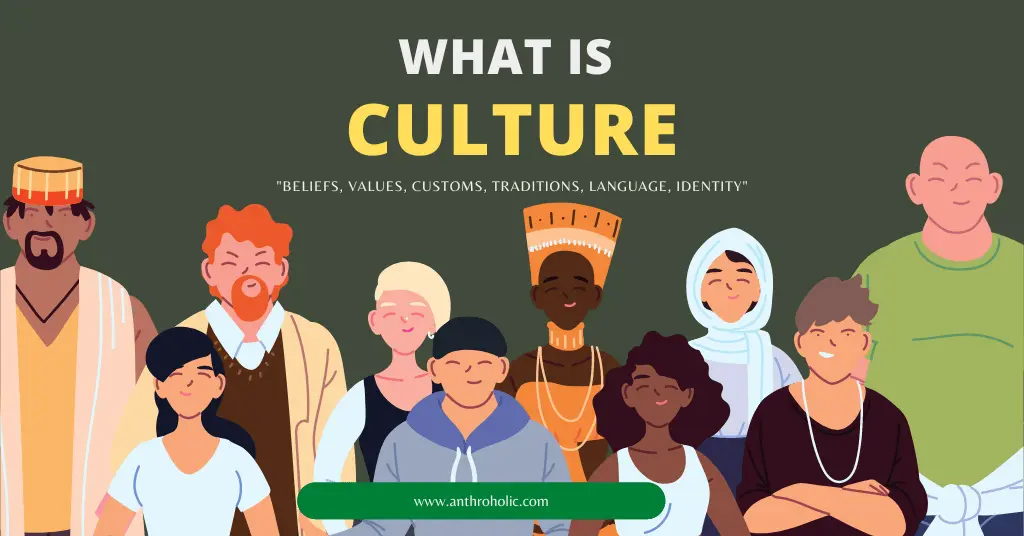
Culture can be likened to a tapestry, woven together with threads of beliefs, customs, traditions, and values that bind together the members of a community. It is the invisible yet all-encompassing force that informs our ways of thinking, feeling, and behaving, providing us with a sense of belonging and continuity. But culture is far from being a static, monolithic entity; it is fluid, evolving, and adapting to the ever-changing sociopolitical landscape.
At its core, culture is a complex and intriguing puzzle that demands meticulous examination. By investigating the various facets of culture, we can gain insights into the ways it influences our everyday lives, governs our interactions, and contributes to our sense of identity. Moreover, understanding culture also plays a crucial role in fostering tolerance, empathy, and cooperation among people from different cultural backgrounds.
In the following sections, we will delve into the myriad dimensions of culture, illuminating its origins, manifestations, and impact on the individual and society. We will also explore the role of language, art, and ritual in shaping and maintaining cultural identities, as well as the challenges and opportunities posed by cultural diversity in today’s interconnected world.
Origin of Culture
The origin of the word “culture” can be traced back to the Latin term “cultura,” which is derived from “colere,” meaning “to cultivate” or “to till.” In its earliest use, the term was primarily associated with agriculture, signifying the cultivation and nurturing of plants and crops. However, over time, the meaning of the word evolved to encompass a broader range of human activities and achievements.
It was during the Enlightenment period in the 18th century that the modern concept of culture emerged, signifying the intellectual and artistic achievements of a society. This period witnessed a shift in focus from agriculture and religious practices to the cultivation of human intellect and creativity. Philosophers, writers, and artists started emphasizing the importance of education, self-improvement, and refinement, laying the foundation for the contemporary understanding of culture.
By the 19th and 20th centuries, the word “culture” had come to represent the collective customs, beliefs, values, and practices that defined a particular group of people. Anthropologists like Edward Tylor and Franz Boas played a significant role in expanding the definition of culture and promoting it as a central concept in the study of human societies. Tylor, in his seminal work “Primitive Culture” (1871), provided one of the earliest and most comprehensive definitions of culture, describing it as “that complex whole which includes knowledge, belief, art, morals, law, custom, and any other capabilities and habits acquired by man as a member of society.”
Today, the concept of culture encompasses various aspects of human life, such as language, religion, art, cuisine, clothing, traditions, and social norms. It is a multifaceted, fluid, and dynamic phenomenon that shapes our identities, influences our interactions, and helps us navigate the complexities of an increasingly interconnected world.

Characterstics of Culture
- Shared Beliefs and Values:
- Culture is characterized by a set of shared beliefs and values that guide the behavior and attitudes of its members.
- These beliefs and values are often transmitted from generation to generation through socialization and education.
- They shape individuals’ perceptions, judgments, and decision-making processes, influencing their interactions within the cultural group and beyond.
- Customs and Traditions:
- Culture is manifested through various customs and traditions that reflect the accumulated wisdom and practices of a community.
- Customs include rituals, ceremonies, and social norms that govern behavior in specific situations.
- Traditions encompass cultural practices, such as holidays, festivals, and rites of passage, which are passed down from one generation to the next.
- Language and Communication:
- Language is a fundamental component of culture, serving as a means of communication and conveying knowledge, ideas, and values.
- Different cultures have distinct languages, dialects, and forms of expression, each with its own unique nuances and intricacies.
- Language influences thought patterns and perception, shaping individuals’ understanding of the world and their interactions with others.
- Art, Literature, and Expression:
- Cultural expressions, such as art, literature, music, dance, and theater, provide avenues for creativity and self-expression.
- Artistic forms are influenced by cultural values, aesthetics, and historical contexts, reflecting the unique identity of a community.
- These expressions often serve as mediums for storytelling, preserving historical narratives, and conveying emotions and ideas.
- Social Organization:
- Culture plays a crucial role in shaping social structures and organizations within a society.
- It defines the nature of family units, kinship systems, social hierarchies, and gender roles.
- Cultural norms and values influence the expectations, obligations, and responsibilities of individuals within their social groups.
- Material Culture:
- Material culture refers to the tangible artifacts, tools, technologies, and objects created and used by a cultural group.
- It includes architecture, clothing, cuisine, technology, and other physical manifestations of cultural practices and preferences.
- Material culture reflects the resources, environmental conditions, and historical context of a society.
- Adaptation and Change:
- Culture is not static but rather dynamic and adaptable.
- Cultural groups continually evolve and adapt to changes in their environment, including social, economic, and technological advancements.
- While cultural elements may persist over time, they also undergo modifications and transformations in response to external influences.
Conclusion
In summary, culture encompasses a wide range of characteristics that define the identity and behavior of a group of people. From shared beliefs and values to customs, traditions, and artistic expressions, each aspect contributes to the rich tapestry of human culture. Understanding these characteristics helps us appreciate the diversity and complexity of cultural systems, fostering respect, dialogue, and cross-cultural understanding in an interconnected world.
